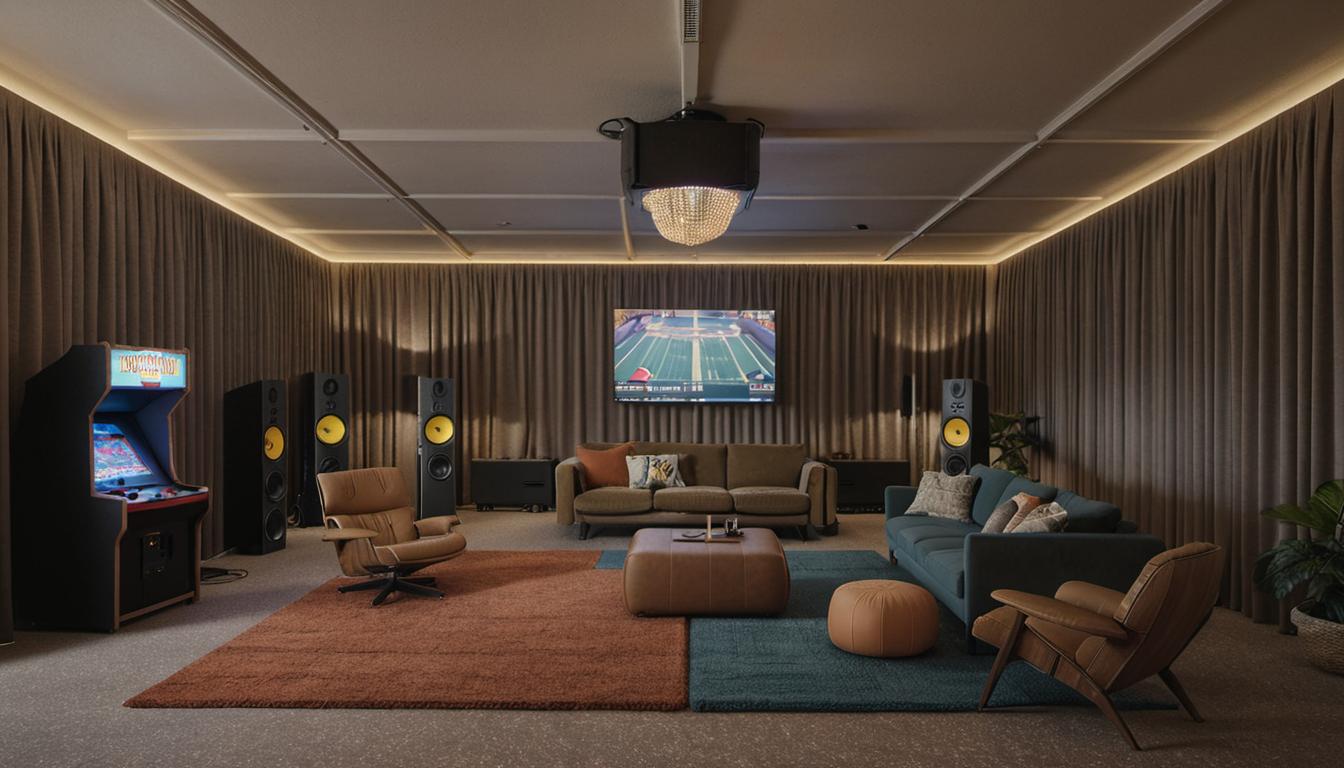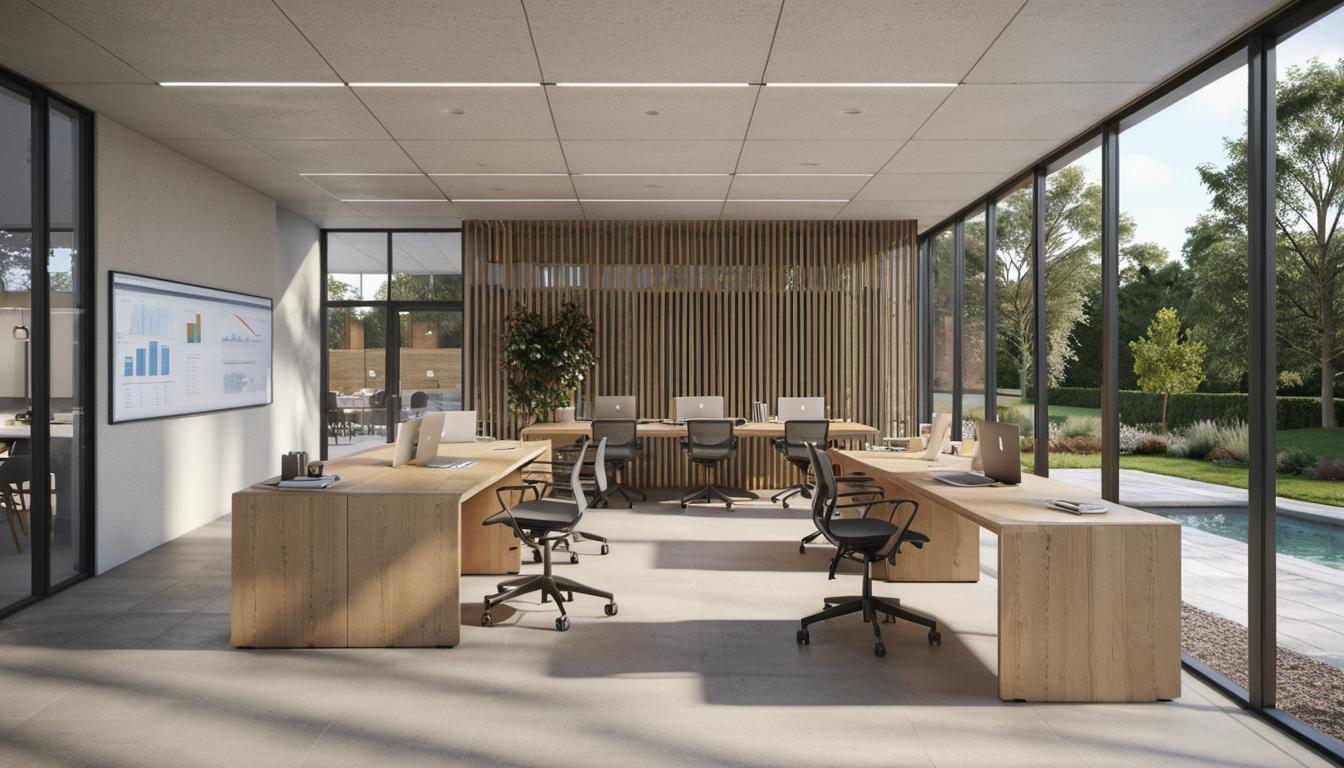Introduction
Welcome to the wonderful world of 3D rendering, a technology that is taking many industries by storm. This post addresses architects, interior designers, real estate professionals, and others who find interest in the application of project renderings. We will discuss 3D rendering and its practical implementation in various aspects of your field.
Definition of 3D Rendering
3D rendering is a vital aspect of digital artwork. It involves taking three-dimensional models and transforming them into fully adjustable 2D visuals. This process is done using specific software, which may vary based on the needed 3D render type. The output can be either photorealistic or non-photorealistic, depending on its application and aim.
Understanding the Use of Project Renderings in Various Industries
Project renderings take a predominant role in today’s industries ranging from architecture to healthcare. Let’s decode each usage in detail.
Application of 3D Rendering in Architecture
- Role of 3D Rendering in Designing Architectural Projects
- Real-life Illustrations and Playground Renderings
Since the dawn of architecture’s digital age, 3D rendering has turned into a central element in drafting architectural projects. It introduces a specialized type of rendering known as architectural rendering, enhancing the art form and making it more enticing.
3D rendering does a fantastic job of animating designers’ visions and showing how they would appear in actual surroundings pior to execution. The method is also handy in creating 3D versions of playgrounds, helping clients foresee the finalized playground blueprint and elements before construction.
Role of 3D Rendering in Marketing
- Development of Advertisements
- Highlighting Product Features
3D rendering crafts more true-to-life adverts and allows distinctive product exhibitions. This technology generates visual pizzazz around products, resulting in greater customer appeal.
This technology visually demonstrates all the product’s upsides, profits, and features, creating an appealing marketing and advertising strategy.
Benefits of 3D Rendering in the Construction Industry
- Visualization of Projects
- Replacing Blueprints
3D rendering assists in stimulating the project before it gets launched, thus eliminating bulky, convoluted blueprints. Construction establishments can use it to scale, present, and inspect designs they’re tasked with replicating in actuality, assisting the building process.
In the omnipresent digital age, where speed and efficiency are critical, traditional blueprints are rapidly becoming obsolete. 3D renderings give you a comprehensive, tangible vision of the end product, all within the click of a button.
Using 3D Rendering in Real Estate
- Immersive Presentations
- Creating Images for Presentation Purposes
Real estate agents utilize 3D rendering to offer immersive demonstrations of their offerings, which effectively convinces potential customers.
3D rendering also aids in producing detailed images for presentation objectives, thereby augmenting a property’s allure to their consumer base.
Importance of 3D Rendering in Healthcare
- Mapping the Human Anatomy
- Aiding Diagnosis and Surgical Procedures
3D rendering plays a significant role in charting human anatomy, aiding diagnosis, and setting up surgical procedures.
By helping medical experts gauge the extent of the problem in three dimensions, 3D rendering dramatically aids in preoperative planning. This is particularly useful for complicated surgeries, where a miscalculation can have significant consequences.
Now, you have a good understanding on how the different industries commonly use project renderings. Utilizing this technology can help take your business to new heights, giving you a competitive edge while improving efficiency and output.
Frequently Asked Questions
What is the role of 3D rendering in architectural design?
3D rendering enables artists to portray their designs and illustrate how they’ll look in a real-life setting before actual implementation, adding depth to the art form. It’s also instrumental in shaping 3D renderings of playgrounds, allowing clients to imagine the final layout and features before construction.
How does 3D rendering benefit the marketing sector?
3D rendering facilitates the development of more lifelike advertisements and allows for unique product presentations. It aids in visually underscoring all product benefits and features, making the product appealing to a broad demographic.
How can 3D rendering aid the real estate industry?
Real estate professionals utilize 3D rendering to provide immersive presentations of their packages, persuasively reaching prospective consumers. It further assists in creating detailed images for presentation purposes, thereby making a property more enticing for their customer base.
Why is 3D rendering important in the healthcare sector?
3D rendering assists in mapping the human anatomy, aiding diagnosis preparation, and for surgical procedures. It helps healthcare professionals significantly enhance their practice and possibly save lives.
How does 3D rendering impact the manufacturing industry?
3D rendering plays a crucial role in the creation and presentation of prototypes. This technology has simplified and improved manufacturing processes by enabling executives to scrutinize the prototype in detail before proceeding with it.






